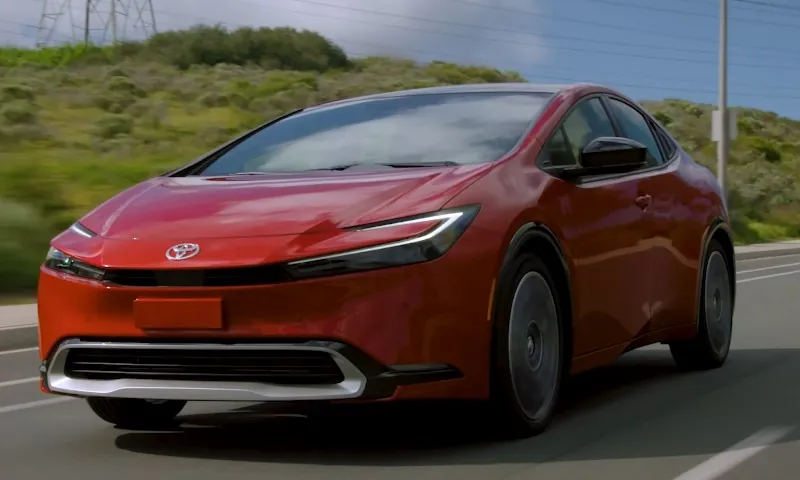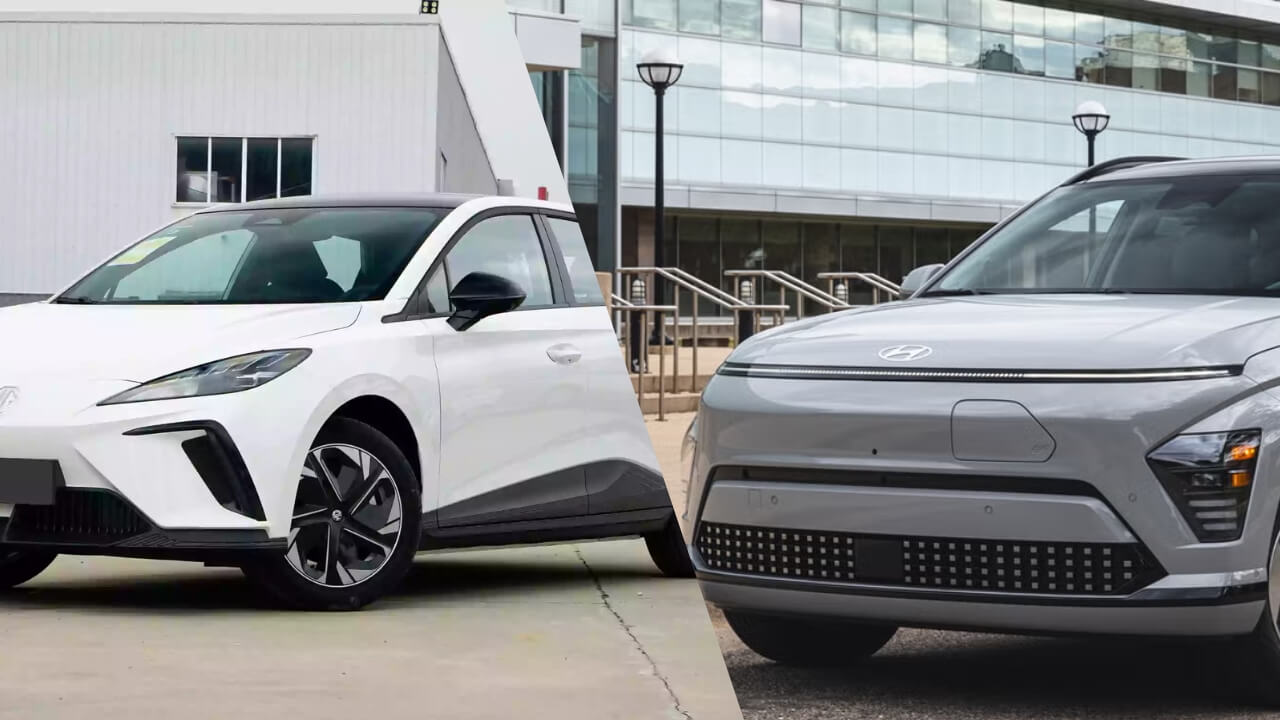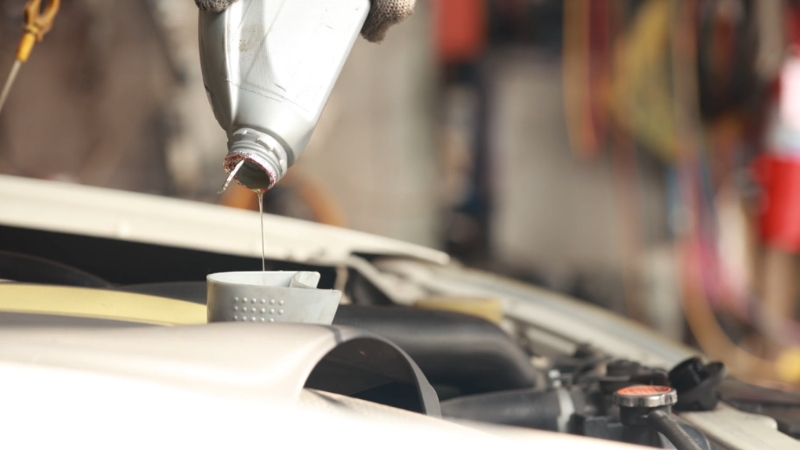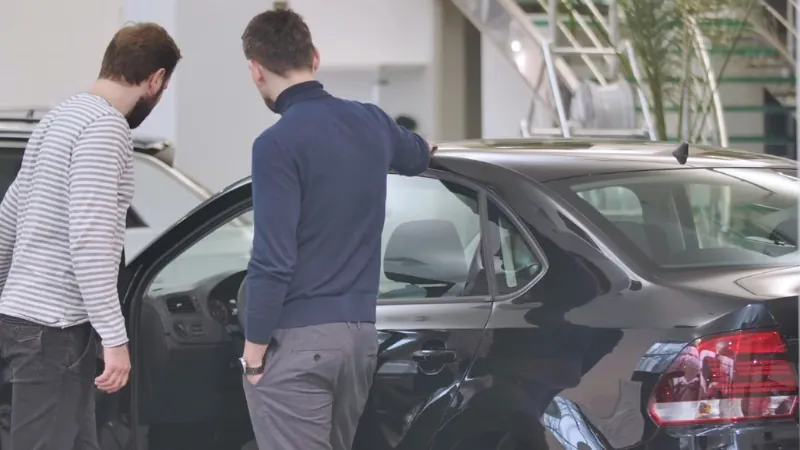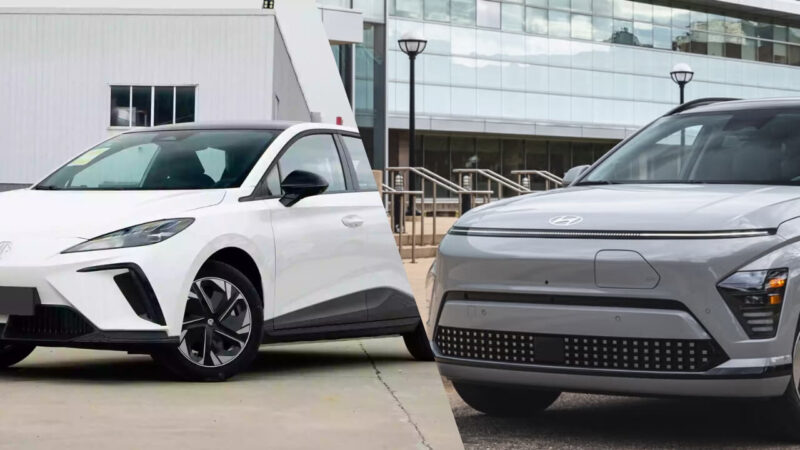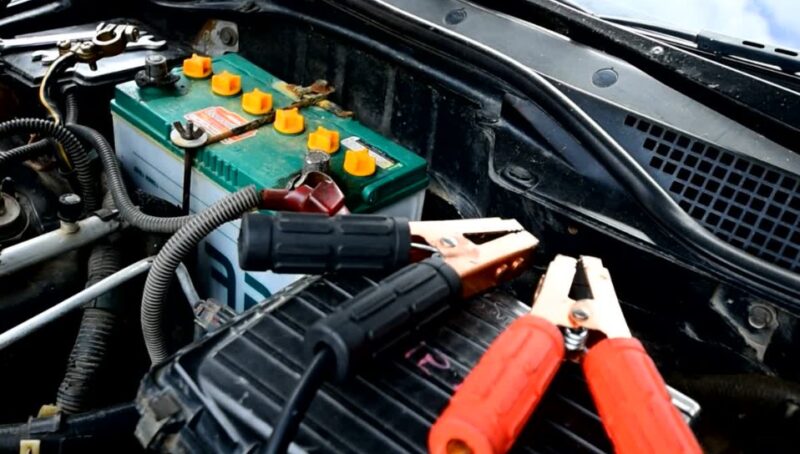
Share Post:
Car trouble never shows up at a good time. And when the culprit is your battery, it often means you’re stranded in a parking lot with a phone at 3% and a to-do list a mile long.
The thing is, batteries usually don’t just quit without warning. They whisper their complaints before they scream for help. Knowing what to listen for can save you from a whole lot of hassle.
Here’s how to spot a dying car battery—and what to do before you end up calling a tow truck.
Table of Contents
ToggleA Quick Look
| Cause | How It Hurts Your Battery |
| Age | Internal components degrade over time. |
| Heat | Speeds up chemical reactions and can boil the electrolyte. |
| Cold | Slows down the battery’s ability to produce current. |
| Corrosion | Blocks current flow and weakens terminal connections. |
| Overcharging | Often caused by a faulty alternator, leads to internal damage. |
| Undercharging | Too many short trips prevent full recharging. |
| Parasitic Drains | Clock radios, alarms, or chargers pulling power while the car’s off. |
The Warning Signs You Can’t Ignore
Pay special attention to the following situations:
1. It’s Getting Up There in Age
Car batteries aren’t forever. Most will run reliably for about 3 to 5 years, though some stretch it to 6 under ideal conditions. If yours is pushing past that range, it’s living on borrowed time.
You can usually find the manufacture date stamped on a small sticker on the top or side—something like “07/19” means it was made in July 2019. Anything older than that? It’s due for a checkup, at the very least.
2. Your Lights Are Looking a Bit… Sad
Dim or flickering headlights, especially when the car is idling or off, are a classic sign. That’s your electrical system trying to work with limited power.
It often shows up as weaker interior lights, slower power windows, or a radio that randomly cuts out. If you’re driving at night, low light output is a safety issue, not just an annoyance.
3. Clicking, Not Starting
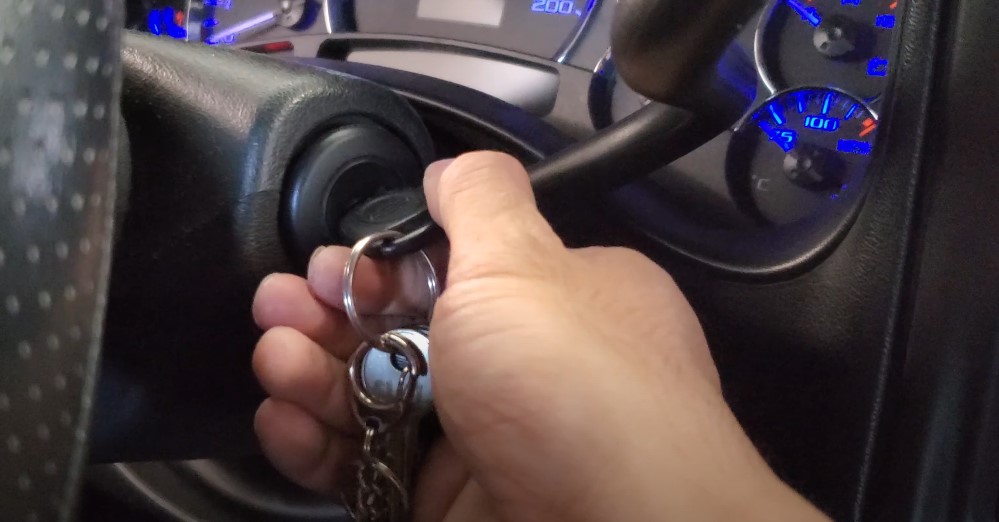
You turn the key or press the button… and instead of the engine roaring to life, you get a fast clicking sound. That click means the battery doesn’t have enough juice to power the starter.
Sometimes the dashboard lights will flicker, too. It might get you going with a jump-start, but that’s a band-aid, not a fix.
4. The Engine Cranks Like It’s Tired
If your engine makes a sluggish “rurrr rurrr rurrr” sound before finally turning over—or doesn’t start at all—that’s another clue.
It means the battery is struggling to deliver the burst of power needed to fire up the engine. It usually gets worse in cold weather, too.
5. Dashboard Lights Say Something’s Up
Most modern vehicles have a battery or charging system warning light (usually shaped like a battery). If that lights up, especially while driving, your charging system might not be working right.
In some cases, the check engine light tags along. Either way, it’s time to get it looked at.
6. You’re Jump-Starting Like It’s a Habit
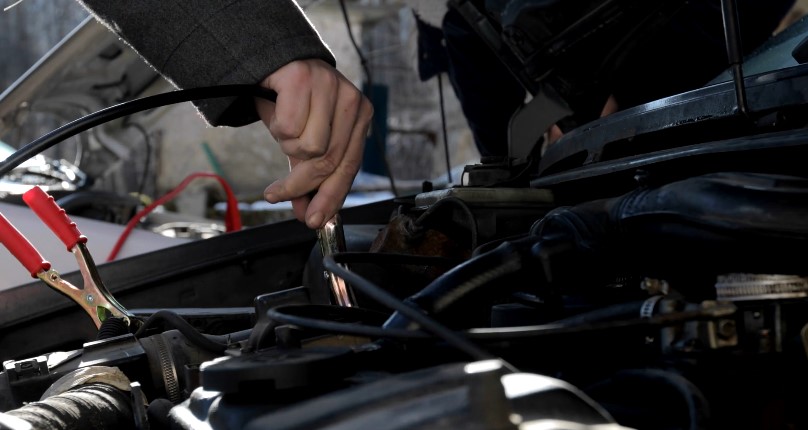
Needing a jump once in a while is normal—maybe you left the lights on overnight. But if it’s happening more than once a month?
That’s a battery that can’t hold a charge anymore. Could be age, could be a parasitic drain (like a phone charger pulling power even when the car’s off), but either way, it needs attention.
7. Something Looks… Off
Pop the hood and give your battery a quick glance. You’re looking for:
- Swelling or bulging: A puffed-up battery case is a sign of internal damage, often from overheating.
- Corrosion: A crusty blue-green buildup around the terminals means acid is leaking. That gunk can prevent the battery from charging properly.
- Weird smells: A rotten egg odor means sulfur—yep, your battery acid is leaking. That’s dangerous, and it needs to go.
8. Electronics Acting Funny
When the battery’s weak, all sorts of weird stuff can happen. Power windows might creep instead of zip. The radio might glitch or restart.
The engine might idle rough until the alternator picks up the slack after a few minutes of driving. If things smooth out after 20–30 minutes, that’s a clear hint: your battery isn’t pulling its weight.
9. Voltage Isn’t Where It Should Be
A healthy battery should show between 13 and 15 volts when the car is running. Anything under 14V is suspicious.
You can buy a cheap voltmeter online or stop by an auto parts store—many will test it for free. Also, if the voltage drops significantly when starting the car, you’ve likely got a problem.
10. Starts, Then Stalls
One of the trickier symptoms: your car fires up, then immediately dies.
That can be caused by a weak battery failing to send proper signals to the Engine Control Unit (ECU), which manages idle, speed, and fuel delivery.
You’ll want to get that checked fast—before it leaves you stuck again.
What To Do If You’re Seeing the Signs
Here’s what you can do about it:
Get the Battery Tested
Before you buy a new one, make sure the battery really is the issue.
Stores like AutoZone, Advance Auto Parts, and Tires Plus will test it for free. Sometimes, a discharged battery can be recharged. But if it fails the test? Time for a replacement.
Clean the Terminals
Light corrosion on the battery terminals can make it harder for electricity to flow. You can clean it using:
- A wire brush and battery terminal cleaner
- Or a DIY mix of baking soda and water (just avoid splashing—batteries are full of acid)
Still, if the buildup is heavy or keeps coming back, the battery’s likely on its way out.
Replace It (Before It Fails)

Don’t wait for a no-start scenario. If your battery is old, damaged, or repeatedly failing tests, swap it out. Costs range from $45 to $250, depending on your vehicle and battery specs.
Not sure which one to get? Check your owner’s manual for the correct group size and Cold Cranking Amps (CCA)—a higher number means better performance in cold weather.
Check the Charging System Too
If your battery is good but the warning light stays on or your electronics are still acting up, the issue might be with the alternator.
It charges the battery while you drive. A bad alternator means even a new battery will die fast. Again, many auto parts stores will test your charging system for free.
How To Keep Your Battery Happy
Once you’ve got a good battery in place, there are ways to keep it strong for the long haul:
- Drive regularly – Short trips don’t give the alternator enough time to recharge the battery.
- Shut down electronics – Lights, fans, and chargers should be off before you turn off the engine.
- Protect from heat and cold – Extreme temps shorten battery life. A thermal wrap or garage parking helps.
- Check it annually – Especially after the three-year mark.
- Use a smart charger – If your car sits unused for weeks at a time, a trickle charger can keep the battery healthy.
Quick Safety Tips
- Always wear gloves and eye protection when handling batteries.
- Disconnect the negative (-) cable first if doing any electrical work.
- Avoid sparks and open flames near a battery—it gives off flammable gases.
- If acid gets on your skin or eyes, rinse immediately and seek help.
Real-World Scenarios
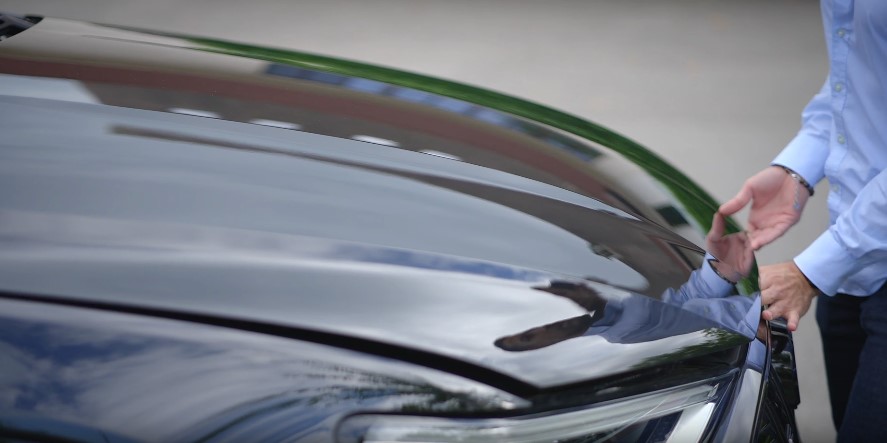
Let’s bring it down to earth:
- Scenario 1: You’re headed to an important appointment. You hop in the car—click click click. A jump gets you going, but it happens again next week. You replace the battery before it strands you in the rain.
- Scenario 2: Driving at night, you notice your headlights look like candles in a wind tunnel. The next morning, the car struggles to crank. You catch the signs early, test the battery, and save yourself from being late again.
- Scenario 3: You start your car and it immediately shuts off. After the second try, it runs fine—but you take it in anyway. Turns out the ECU wasn’t getting enough voltage. You swap the battery and avoid a bigger mess down the line.
Final Thoughts
Your battery might be small, but it pulls a lot of weight. Ignoring early warning signs can turn a minor inconvenience into a full-blown emergency.
So if your car’s acting strange—sluggish starts, dim lights, weird smells—don’t shrug it off. A little attention now can save you a lot of frustration later. Get it tested. Clean it up. Replace it if needed.
And remember, your local auto shop is there to help—you don’t have to be an expert to stay ahead of a dying battery. Better to handle it on your own time than have your car make the call for you.
Related Posts:



